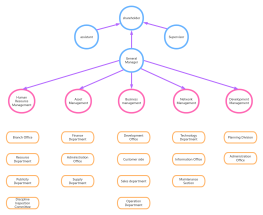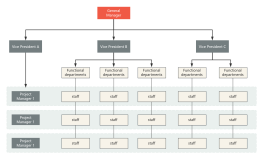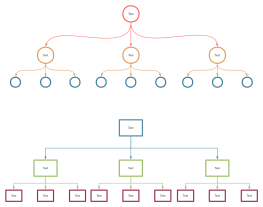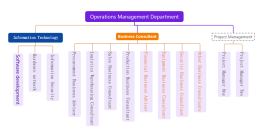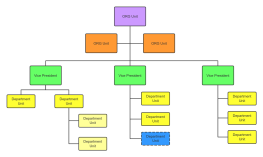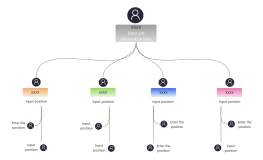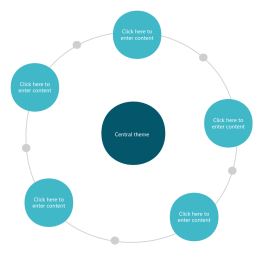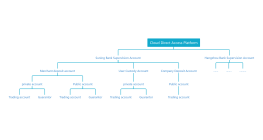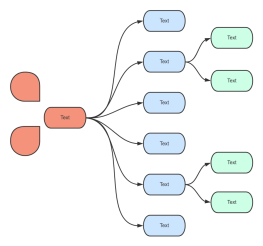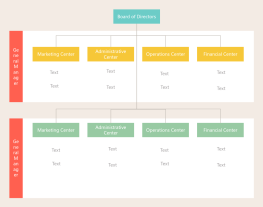Organizational Behaviour - Robbins and Judge
2024-09-04 17:46:41 0 Report
Login to view full content
Other creations by the author
Outline/Content
Leadership in Organizations
Leadership Theories
Trait Theories
Key Traits of Effective Leaders
Charisma, Integrity, Intelligence
Behavioral Theories
Ohio State Studies
Consideration and Initiating Structure
Michigan Studies
Employee-Centered vs. Job-Centered Leadership
Contingency Theories
Fiedler’s Contingency Theory
Leader-Member Relations, Task Structure, Position Power
Path-Goal Theory
Leader Behavior and Subordinate Motivation
Leadership Styles
Transformational Leadership
Characteristics and Impact
Visionary, Inspirational, Innovative
Transactional Leadership
Characteristics and Impact
Contingent Reward, Management by Exception
Servant Leadership
Definition and Principles
Serving Others, Developing People
Decision Making and Problem Solving
Decision-Making Models
Rational Decision-Making Model
Steps in Rational Decision Making
Identifying Problems, Generating Alternatives, Evaluating Alternatives
Bounded Rationality Model
Concept and Limitations
Satisficing, Limited Information Processing
Intuitive Decision Making
Definition and Use
Experience-Based Decisions, Gut Feelings
Problem Solving Techniques
Root Cause Analysis
Techniques and Tools
Fishbone Diagram, 5 Whys
Creative Problem Solving
Techniques for Enhancing Creativity
Brainstorming, Mind Mapping
Communication in Organizations
Communication Process
Channels of Communication
Verbal vs. Non-Verbal Communication
Face-to-Face, Email, Telephone
Barriers to Effective Communication
Common Barriers
Noise, Misinterpretation, Language Differences
Effective Communication Strategies
Techniques for Clear Communication
Active Listening, Feedback, Clarity and Conciseness
Interpersonal Communication
Conflict Resolution
Techniques and Approaches
Active Listening, Empathy, Negotiation
Building Relationships
Strategies for Effective Relationships
Networking, Relationship Management
Organizational Culture
Definition and Components
What is Organizational Culture?
Definition and Elements
Values, Beliefs, Norms, Practices
Types of Organizational Cultures
Clan Culture, Adhocracy Culture, Market Culture, Hierarchy Culture
Impact on Behavior
Cultural Fit
Importance of Aligning with Organizational Culture
Job Satisfaction, Employee Retention
Managing Organizational Culture
Techniques for Shaping and Changing Culture
Leadership Influence, Communication Strategies
Organizational Change and Development
Change Management
Models of Change Management
Lewin's Change Model
Unfreeze, Change, Refreeze
Kotter’s 8-Step Change Model
Creating Urgency, Forming Powerful Coalitions
Resistance to Change
Causes and Strategies for Managing Resistance
Employee Concerns, Communication, Involvement
Organizational Development
OD Interventions
Techniques and Methods
Team Building, Process Consultation, Survey Feedback
Evaluating OD Programs
Measuring Effectiveness
Success Metrics, Feedback Mechanisms
Introduction to Organizational Behavior
Definition and Importance
What is Organizational Behavior?
Study of how individuals and groups act within organizations
Examines the impact of organizational structure and culture on behavior
Importance in Management
Enhances understanding of employee behavior
Improves management practices and organizational effectiveness
Theories and Models
Overview of Key Theories
Classical and Contemporary Theories
Contribution to the field of Organizational Behavior
Models of Organizational Behavior
Input-Process-Output Model
Systems Theory
Individual Behavior in Organizations
Perception and Attribution
Perception
Definition and Process
How individuals interpret and make sense of their environment
Factors Influencing Perception
Selective Perception, Stereotyping, Halo Effect
Attribution Theory
Definition and Key Concepts
How individuals attribute causes to behavior
Types of Attribution
Internal vs. External Attribution
Personality and Values
Personality Traits
Big Five Personality Traits
Openness, Conscientiousness, Extraversion, Agreeableness, Neuroticism
Myers-Briggs Type Indicator (MBTI)
Overview of MBTI Types and their Relevance
Values
Definition and Types
Terminal Values, Instrumental Values
Impact on Work Behavior and Decision Making
Motivation
Theories of Motivation
Maslow's Hierarchy of Needs
Levels: Physiological, Safety, Love/Belonging, Esteem, Self-Actualization
Herzberg's Two-Factor Theory
Hygiene Factors and Motivators
McClelland's Theory of Needs
Need for Achievement, Affiliation, Power
Motivational Strategies
Goal Setting Theory
SMART Goals: Specific, Measurable, Achievable, Relevant, Time-bound
Self-Determination Theory
Intrinsic vs. Extrinsic Motivation
Group Dynamics and Teamwork
Understanding Groups and Teams
Types of Groups
Formal vs. Informal Groups
Task Groups, Social Groups, Interest Groups
Stages of Team Development
Forming, Storming, Norming, Performing, Adjourning
Group Behavior
Group Roles and Norms
Definition and Importance
Roles: Task Roles, Maintenance Roles, Individual Roles
Norms: Shared Expectations and Standards
Group Cohesiveness
Factors Influencing Cohesiveness
Size, Diversity, Group Identity
Impact on Performance
Positive and Negative Effects
Teamwork and Collaboration
Team Building
Techniques and Exercises
Trust-Building Activities, Problem-Solving Exercises
Benefits of Team Building
Improved Communication, Increased Morale
Conflict Management
Types of Conflict
Task Conflict, Relationship Conflict
Conflict Resolution Strategies
Negotiation, Mediation, Arbitration
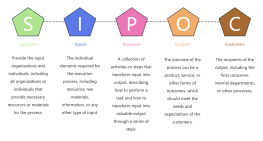
Collect
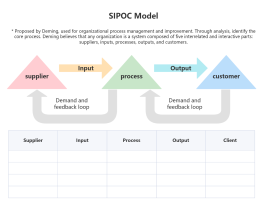
Collect
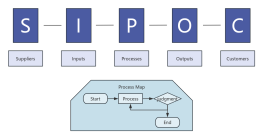
Collect
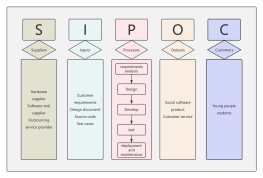
Collect
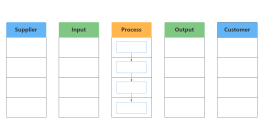
Collect

0 Comments
Next page
Recommended for you
More
